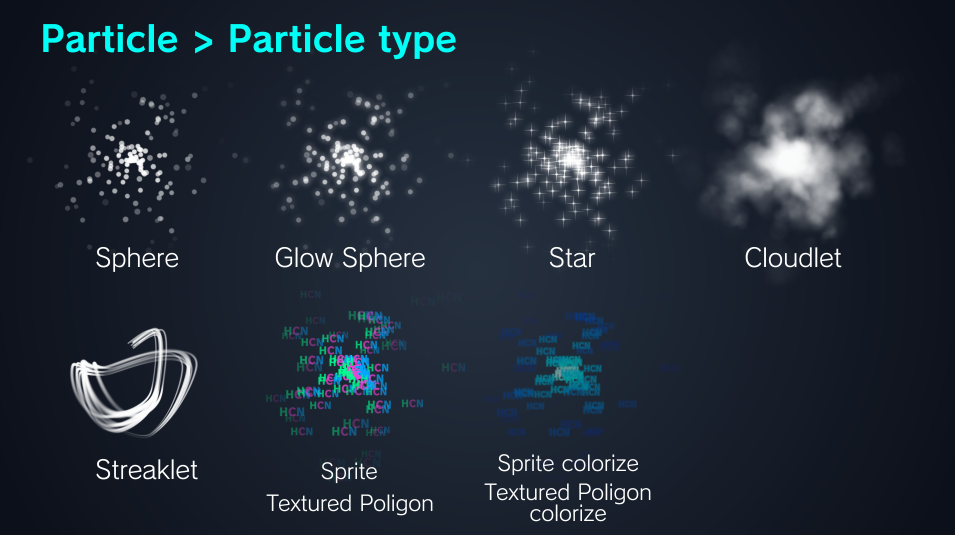
Trapcode Particular Particle編 HCN NOTE
を for Direct Objects. Beyond the Basics. を with Movement Verbs. を vs. で. を vs. から. The Basics. Particle を marks the grammatical object of a sentence, which is the thing that is acted upon or affected by the verb. In other words it's what gets "verbed" in a sentence. Particle を has a lot of similarities with objects in English.

What Is the Particle Model A Guide to Solids, Liquids and Gases
The main issue is that the verb changes (most of the times) depending if your sentences is transitive (wo particle) or intransitive (ga particle). For example. (私 は)まど を あけます = I open the window. まど が あきます = The window is open. In this example, the verb "To Open" is. あけます (formal) or あける (informal.

PARTICLE MECHANICS
Japanese: ·(obsolete except as a particle) The hiragana syllable を (o). Its equivalent in katakana is ヲ (o). It is the forty-seventh syllable in the gojūon order; its position is わ行お段 (wa-gyō o-dan, "row wa, section o").··A case particle. (with transitive verb) An accusative case particle: a grammatical marker following the direct.

Particle Explosion 4K wallpaper
The を-particle indicates the direct object of a sentence. You use it when a direct object is directly linked to the verb at the end of the sentence. The particle has the hiragana of 'wo' but as a particle is pronounced more like 'o'. In casual everyday speech, Japanese people tend to omit the を-particle. たべます = To eat.

Particle physics Studying particle physics with the Sony R… Kevin
The を-particle is mostly used to indicate a direct object in Japanese. Therefore, it's also called the object particle. It comes after the object or thing that is used by the verb. You can often find the direct object by turning the sentence around and putting it in a question. The answer to this question is the direct object.
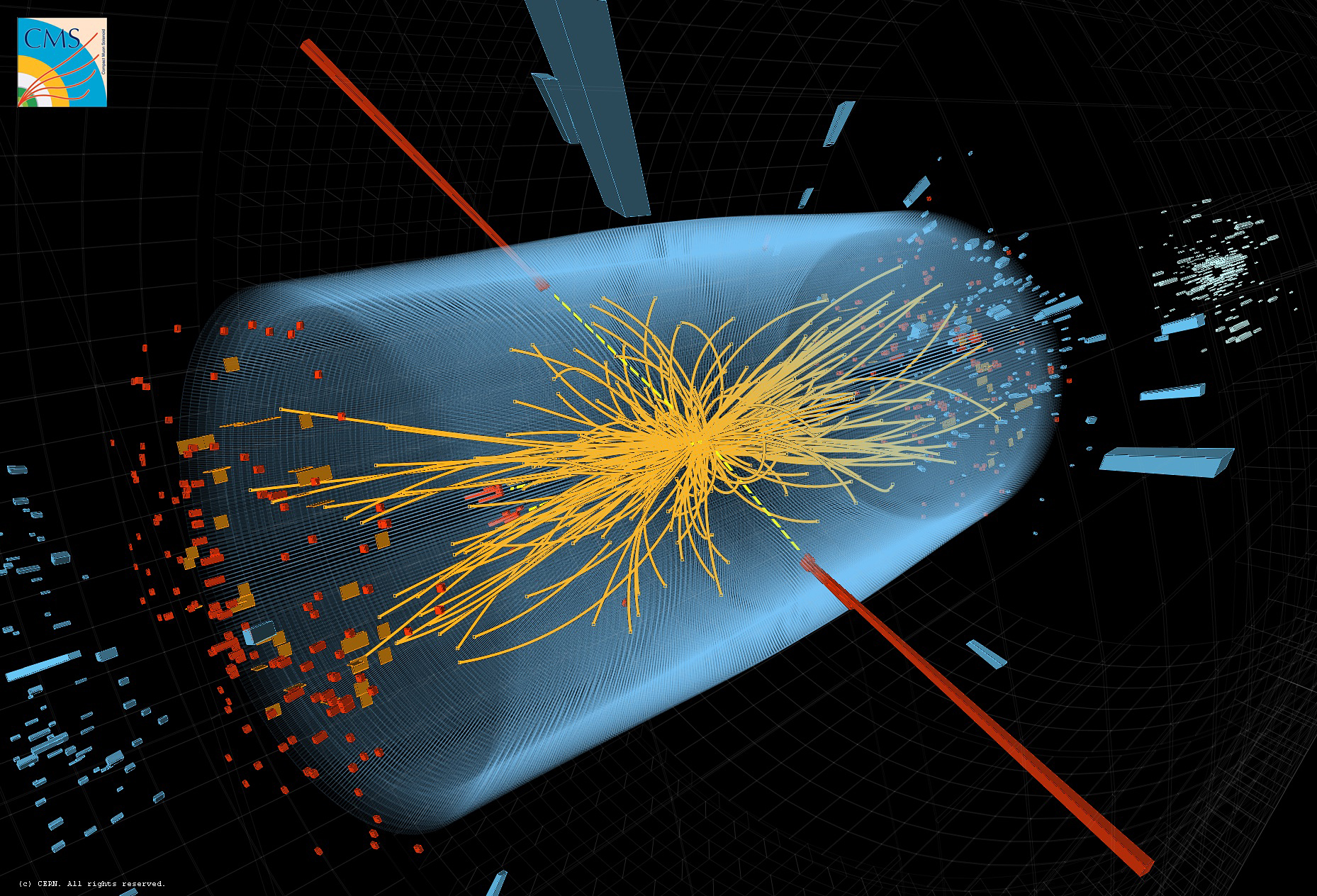
Purdue physicists part of discovery of new particle that could be Higgs
In the same example, you can also use particle を to mean almost the same thing: まみは子供を外で遊ばせた。 Mami made her kids play outside. When particle を is used, the kids are treated as a direct object — something that Mami acts upon. For this reason, を in the causative is considered to be more suitable for a coercive.
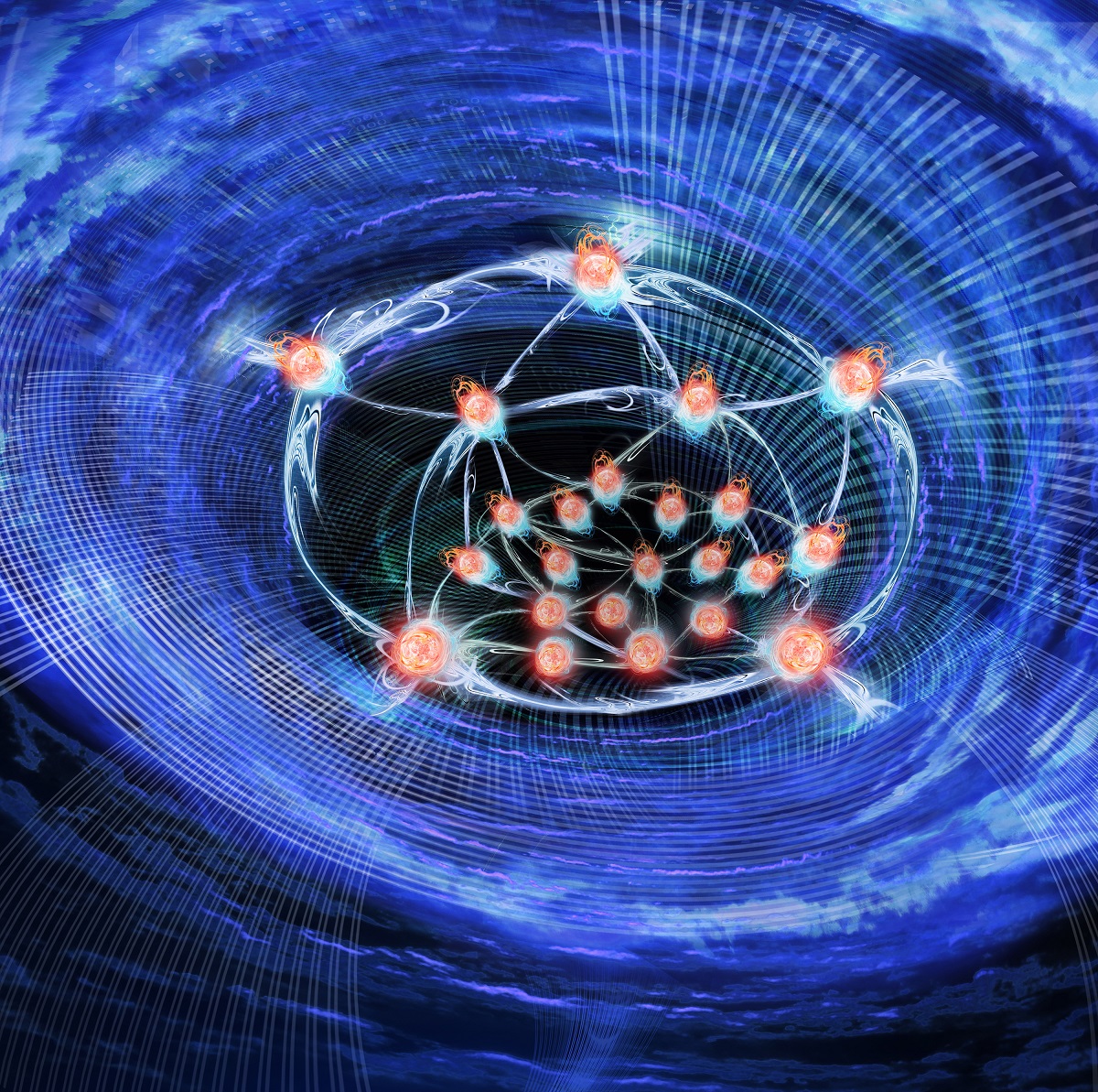
Quantum Particles Form Droplets
A bit more on the particle "o" (を): The Spelling 3. Bonus (1) The pronunciation of the particle "o" (2) The omission of the particle "o" 1. In short: The particle "o" (を) has three main functions (1) "o" can show the object of the verb. The particle "o" can follow the object of the verb. Example 1: Kesa, pan to.

Quanta Magazine
The difference is: In sentences natural with を, the focus is on 'completing the purpose and leave the place'. In those natural with から, the focus is more on 'moving from one place to another'. In line with this difference, 車から降りる is used when you mean just getting off a car as a physical object where as 車を降りる is more.
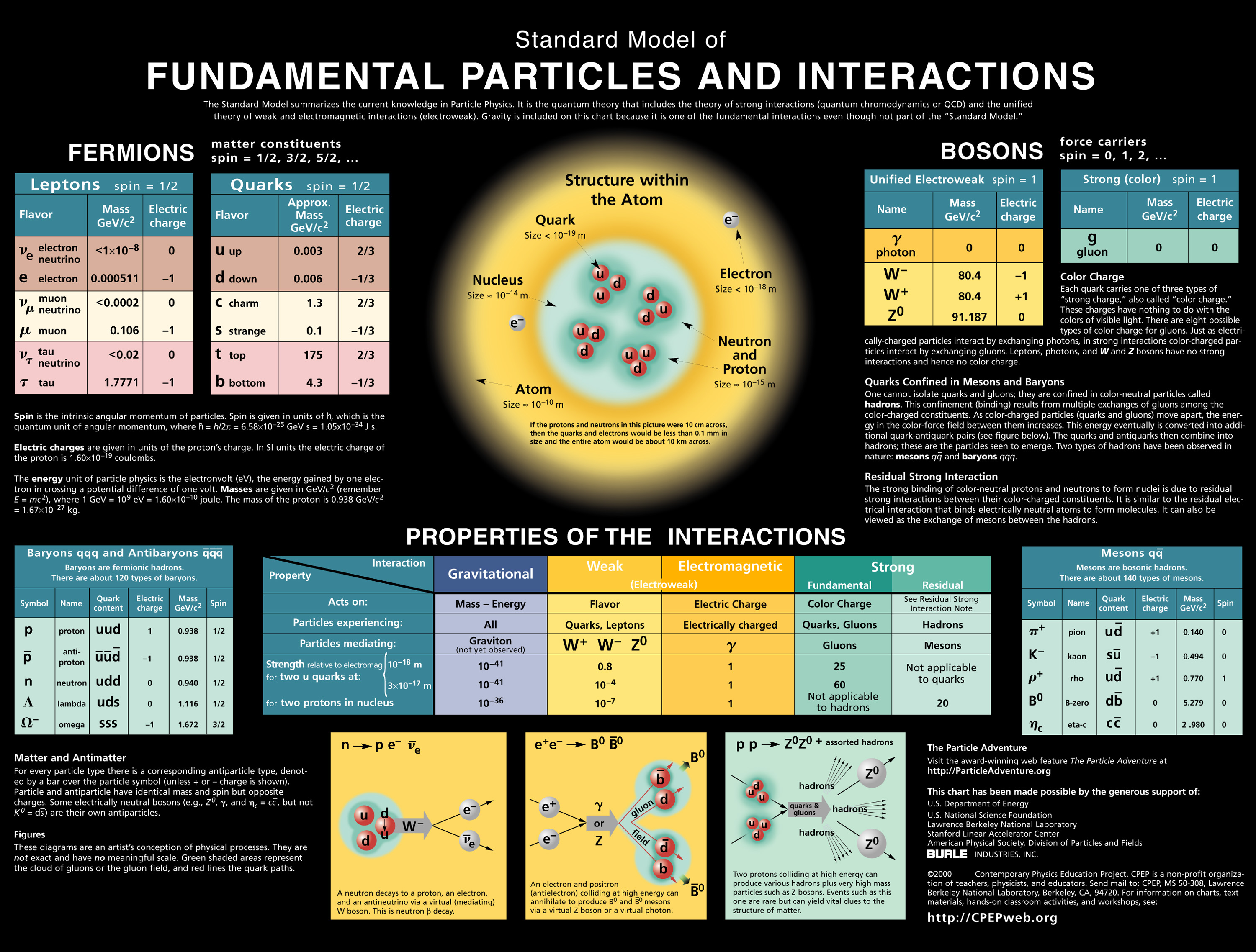
SubAtomic Particles Brian Yarmak
That is to say, when you use を (the direction of actions), your body, i.e. your feet, won't move. When you use に (the direction of motions) , your body, i.e. your feet, will move. In this context, に is interchangeable with the particle へ. Note: when へ is used as a particle, you have to pronounce it as え.

オブジェクトが衝突した時にParticleを発生させる方法 Unity Qiita
Grammar. The Japanese particle を (pronounced "o", written as "wo") is used to mark an object that is affected by a verb. The particle を is placed just after the object modified by the verb, similar to the way the particle は immediately follows the subject. Simple grammar structure: Subject + は + Object + を + Verb.
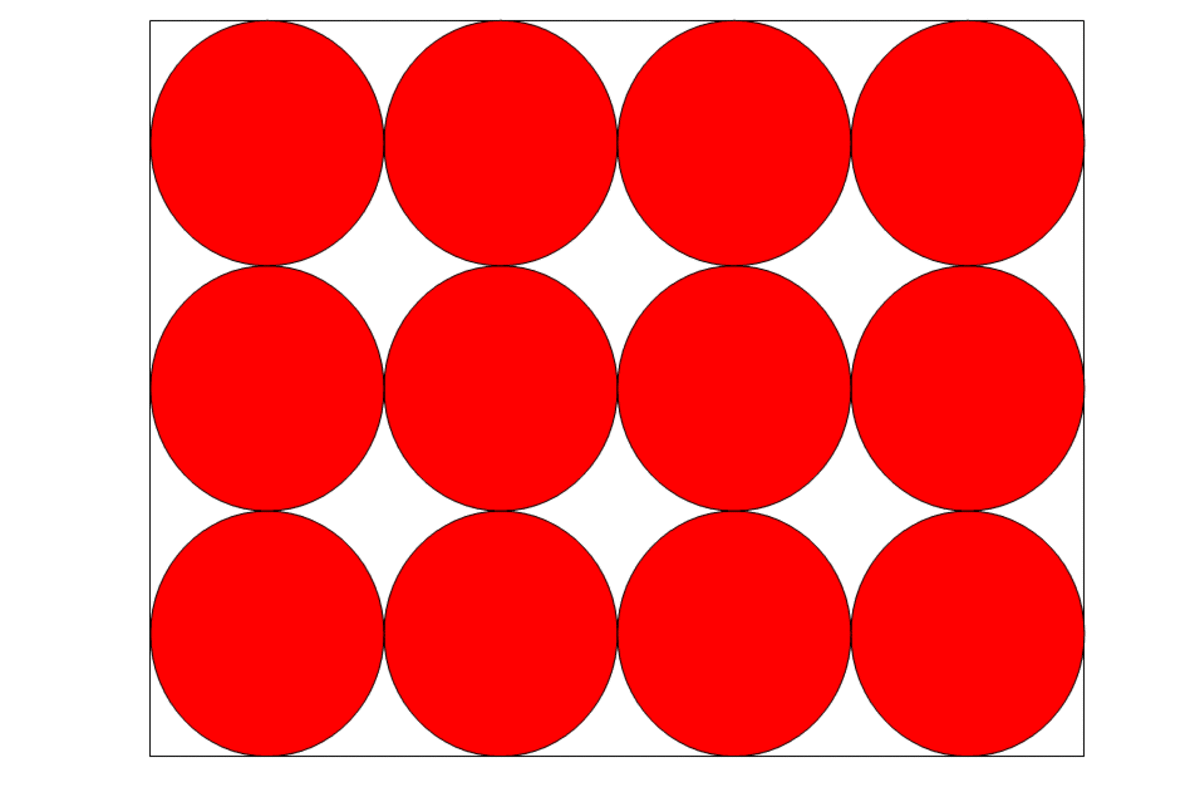
What is the Particle Model A Guide to Solids, Liquids and Gases
The particle "wo" 「を」 is one of the most common and useful particles. It is also one of the simplest to understand. This is great for two reasons: With just a few examples, we can easily see how to use "wo" 「を」 in a sentence, as you will see below.; We can take advantage of the simplicity of "wo" 「を」 to try to better understand some more general concepts related.
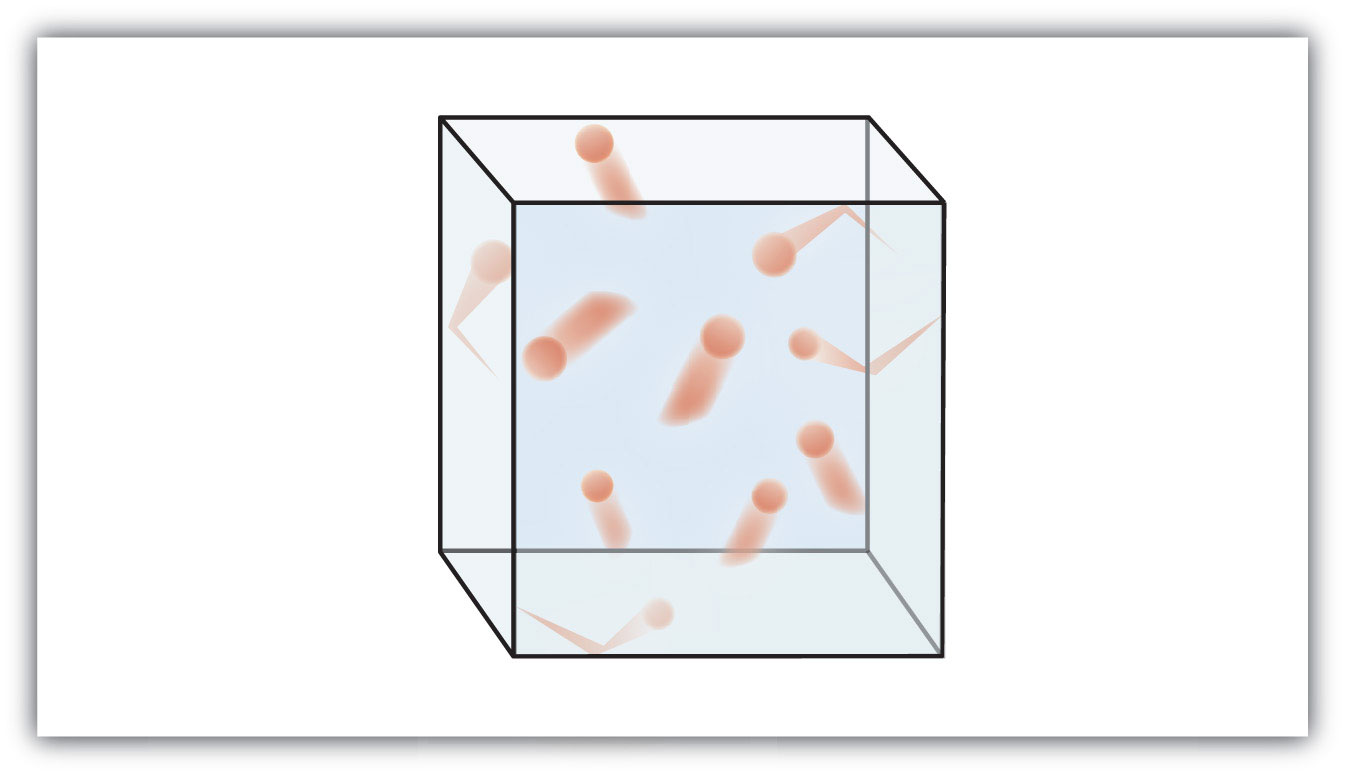
Chapter 9 Gases CHE 105/110 Introduction to Chemistry Textbook
In modern Japanese, を as a particle is pronounced as "o," not "wo." 私は日本語を勉強しています。 (わたしは にほんごを べんきょうしています。) I am studying Japanese. 私は猫を見ます。 (わたしは ねこを みます。) I see a cat. 5. と (Connecting Particle) と is used to:

Particle Physics
To turn X towards Y. XはYに向かう. XはYにむかう. X wa Y ni mukau. X faces Y. The first two verbs are transitive, so they can have an object with を. In the first example, X, the object, is the thing being looked at or aimed at. In the second example, the object X is the thing being turned to point in the direction of Y.

オブジェクトが衝突した時にParticleを発生させる方法 Unity Qiita
Japanese Direct Object Marking Particle: を (wo) を is romanized as wo but is actually said as "o". It's used to mark the direct object of the sentence, the object that receives the action of the verb. Like all particles, it comes after the word it's marking. 晩ご飯を食べた。

Blenderのヘアーパーティクルをメッシュに加工する GRAPH 3D
Particles は and が; Particle を; Particle に; Particle で; Particle へ: Destination; Particle も; Particle と: Quotations; Making Sentences in Japanese

The Japanese Particle を
The Japanese Particle を (o/wo) ★ The particle を can be written in rōmaji as o or wo. It is pronounced more like o so it might be better to remember this one. ★ を marks the direct object in a sentence. The direct object is the noun which receives the action of the verb. ★ Although you may not have thought about it, English has a.